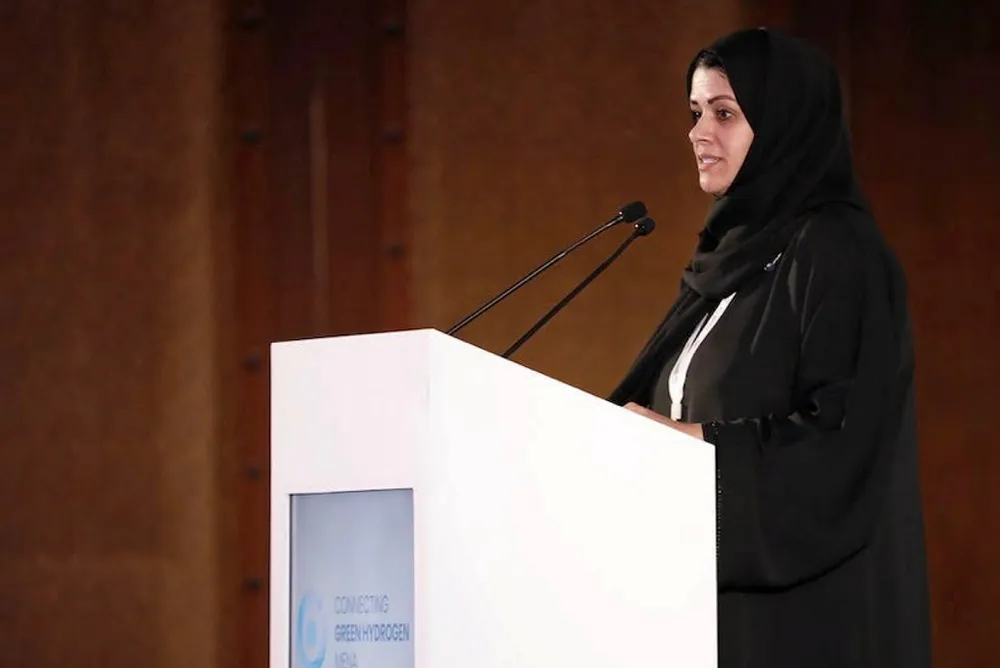UAE would need to double its clean hydrogen production target to meet export and domestic demand by 2031
Country has targeted 1.4 million tonnes by 2031 to corner quarter of global supply, but local demand could reach two million tonnes by then, government official tells conference
